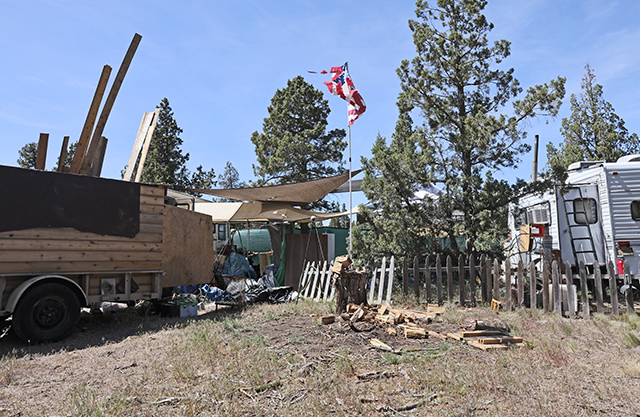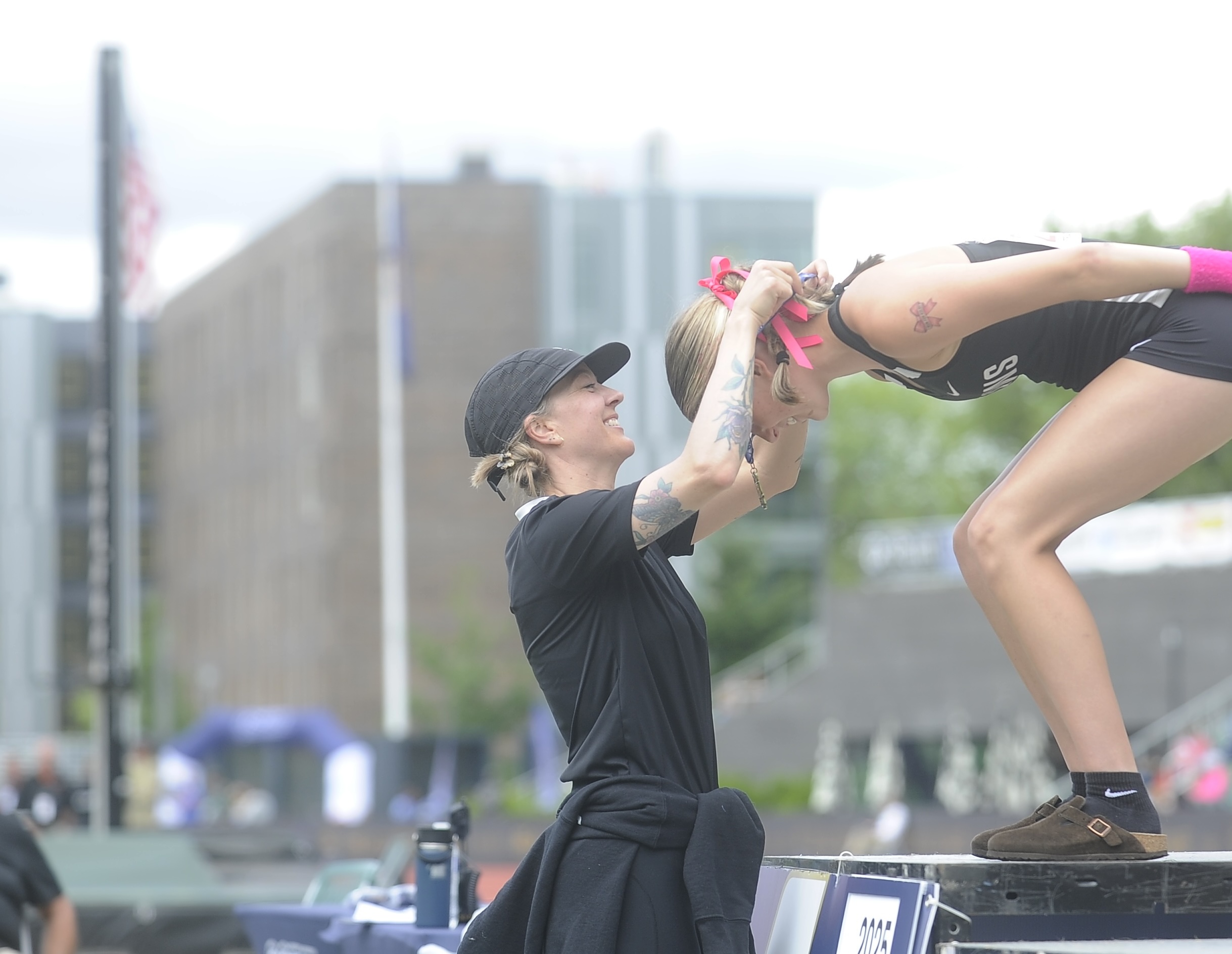Slime time: Homemade goo is big business
Published 5:30 am Wednesday, June 28, 2017

- Karina Garcia makes slime in Riverside, California.(Emily Berl/The New York Times)
“Slime is about the noise,” said Goldie Bronson, a Los Angeles fifth-grader. “Most people like the noise.”
By slime, Goldie, 10, was referring to the sticky substance with a well-known heritage that includes the buckets of green stuff dumped on Nickelodeon guests, the goo spewed by Bill Murray and his “Ghostbusters” crew and the slippery concoction in small plastic trash cans that Mattel started selling in the late 1970s.
The current iteration is homemade, and it comes in a multitude of colors and textures — fluffy, glittery, grainy — that emit crackling noises when poked and squeezed.
“It’s fun to play with,” said Goldie, adding that it can help relieve stress, too. “But it’s also like you’re making your own science experiment in your house.”
Like Goldie, children have turned slime into a business.
There’s a thriving nationwide market for slime, and the demand is met by children aged 8 to 12, teenagers and young adults, who sell it at school or online, often through Etsy.
Many post marketing videos on Instagram, where they can be seen poking, swirling and squishing globs of it. The hashtag #slime appears on 3.5 million Instagram posts, and slime searches on Etsy have increased 9,000 percent since October, according to the company.
YouTube is brimming with video tutorials, or “slime DIYs.” The most popular garner millions of views and attract lucrative advertising and sponsorship deals for their creators.
Although Nickelodeon’s parent company, Viacom, owns trademarks on a plethora of slime-related products, including “free-flowing gel,” clothing and books, the term slime is widely used among home producers, and Viacom typically doesn’t enforce its rights against them.
The standard slime ingredients are white school glue and the household cleaning detergent known as Borax, or sodium borate. To jazz up the color, scent and texture, slime-makers add glitter, food coloring, essential oils, baby oil, cornstarch and shaving cream.
Complaints about shortages of Elmer’s are rippling through the slime community, and the company confirms that sales of its white school glue and glitter glue have been rising since the middle of last year. In December, sales more than doubled. In response to the craze, Elmer’s posts slime recipes on its website, as does the arts and crafts store Michaels.
In the past few months, Goldie and a friend have been mixing slime at home and selling it to their schoolmates. Most of their customers are in fourth, fifth and sixth grades.
“We ask them if they want it fluffy or stretchy,” Goldie said, adding that they have a policy of fulfilling the orders within one or two days. “It’s like Amazon Prime.”
She estimates that they have sold 30 slimes, at $5 each. For larger slimes, they charge $10; for a gallon, it’s $25. They have yet to close a gallon-size deal.
Credit for the trend goes, at least in part, to Karina Garcia, 23, a former waitress known as the Slime Queen. Garcia began posting tutorials on YouTube several years ago showing things like decorations for school supplies and how to make lipstick. In fall 2015, she hit on slime.
“I decided to do sensory play, like squishy things,” she said, “because I feel that’s what kids like. They’re into Play-Doh and anything else squishy.”
Slime wasn’t yet a thing when she started making it, and there were no online tutorials, Garcia said. So she filmed herself mixing recipes, and the videos were a sensation. Seven months into her slime venture, she started making money. Soon after, she was fully supporting herself, her parents and her siblings on slime.
These days her videos attract millions; the most popular — “100 Pounds of Slime!” — got more than 17 million hits.
What sets her apart is that Garcia doesn’t sell her slime. She doesn’t need to. Her earnings come from corporate advertisers and sponsorship deals, from companies like Audible, Coca-Cola and Disney. The sponsorships range from $30,000 to $60,000. She works three or four days a week on videos and earns six figures per month, she said.
“There are times when it’s $200,000 in a really good month,” Garcia said.
In March, she bought a six-bedroom house in Riverside, California. Her slime studio overlooks a swimming pool, a hot tub and a construction site where she’s building a guesthouse. There’s a screening room and a game room downstairs. Her parents and siblings live with her.
“I’ve retired my parents,” Garcia said. “It’s definitely really crazy. Even I can’t believe it. I’m like, ‘How is this happening?’”






